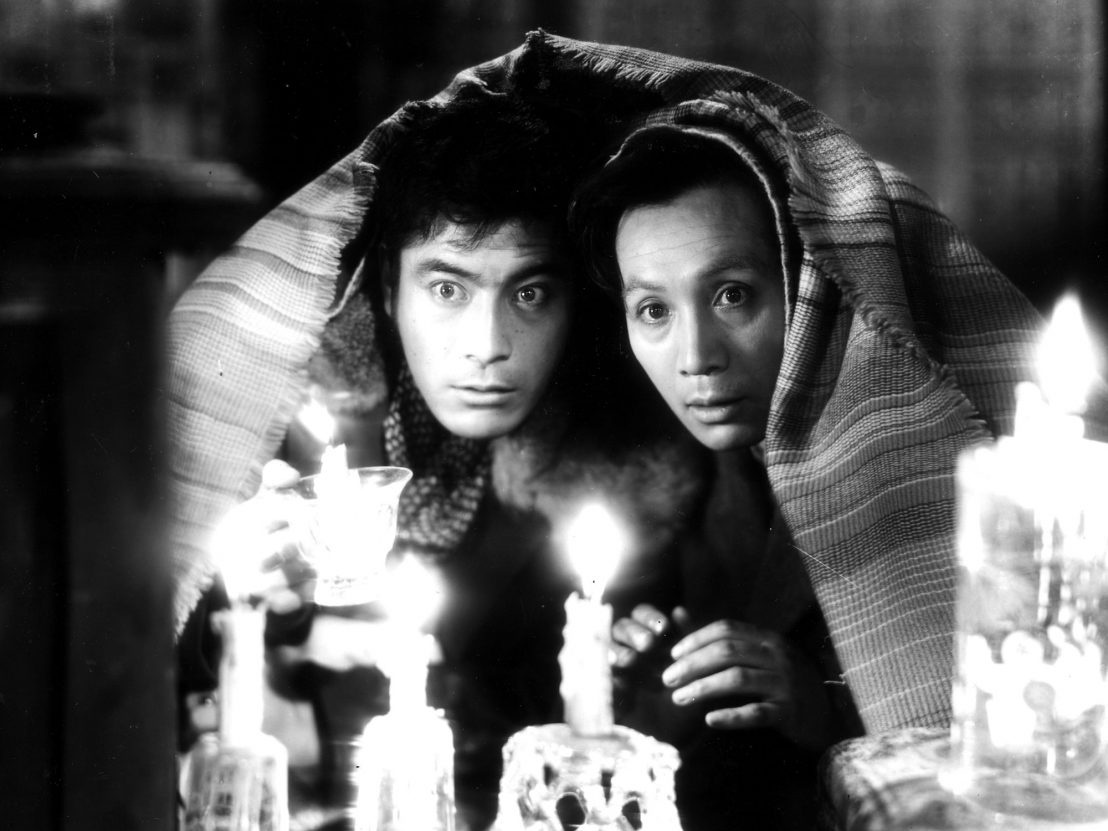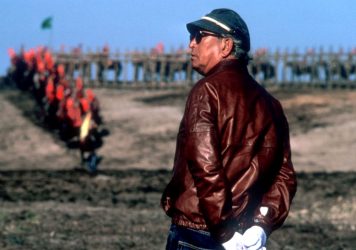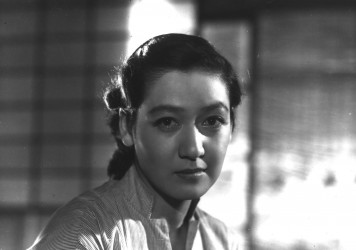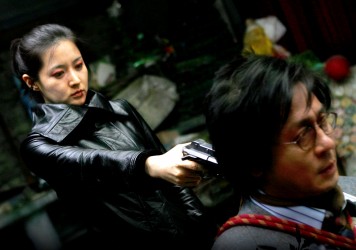
There is a scene in Fyodor Dostoyevsky’s ‘The Idiot’ where the eponymous Prince Myshkin meets a sickly 17-year-old boy, Ippolit, who is determined to kill himself. “Tell me,” implores Ippolit, “what, in your opinion, is the best way for me to die? That is, so that it turns out as virtuous as possible?” Sweet Myshkin, incapable of dishonesty, replies, “Pass us by, and forgive us our happiness.” Yet Dostoyevsky’s dark humour means that only suffering, not happiness, awaits the characters in the world they inhabit. But to focus on the inescapable bleakness of Dostoyevsky’s vision is to miss the point entirely: it is the choices we make, folly-ridden as they are, that matter. “The process of discovering, the everlasting and perpetual process, not the discovery at all.”
No other work has been a better companion to Dostoyevsky’s unrelenting view of humanity than Akira Kurosawa’s much-maligned 1951 film Hakuchi. The original cut stood at 265 minutes, trimmed to 166 minutes by studio executives at Shochiku against the director’s wishes. “In that case, better to have it cut lengthwise,” he is said to have responded. Nobody knows what was left on the cutting room floor as Kurosawa was unable to locate the lost footage, leaving it impossible for audiences to follow the narrative of the film. Hakuchi was critically derided upon its initial release, finding only a handful of fans in Russia – among them Andrei Tarkovsky.
Hakuchi must have been a very special project to Kurosawa. It is one of his most important early works, and he refused to stray from a wholly faithful adaptation to the book unlike later on with his liberal interpretations of Shakespeare in Throne of Blood and Ran. And despite its obvious failings in narrative flow, no other Kurosawa film tells us more about Japan at the time or conveys as much intense emotional power as Hakuchi. His decision to transport the novel’s events from the glittering St Petersburg to wintry Sapporo on the northernmost island in Japan, is not a purely aesthetic one.
Perhaps a more obvious choice would have been Tokyo or Osaka, cities which are closer similar in spirit to St Petersburg. But then we would have been denied that remarkable scene at the beginning of the film. The thuggish merchant Akama (Rogozhin in the book, played by Kurosawa stalwart Toshiro Mifune) and Kameda (Masayuki Mori as Myshkin) stop before a portrait of the woman they will both destroy each other for, her gaze lit up by the blizzard. All around them, peasants struggle by with their carts and goods in the bitter cold. The darkness, both literal and metaphorical, is almost complete save for the faint falling snow, which makes the men’s faces flicker in the shop window. How difficult it is, Kurosawa seems to be saying, to bring light to a place where it is perpetually night.
An old stereotype valorises the purity of the “traditional way of life” in Japan, outside of the moral corruption of the big cities. This is epitomised in many classic novels including Yasunari Kawabata’s ‘The Old Capital’ from 1962. But Kurosawa situates the showy greed and lust of The Idiot in the heart of Japan’s rural outposts, turning this assumption on its head. There is no foreign malice come to take away the innocence of the people; they have nobody to blame but themselves. Fittingly, although the film is set in post-war Japan, the endless snow negates all reference to the time period. The struggle to do good in the world and to eke out a redemptive humanity requires no specific cultural context.

Casting Setsuko Hara in the role of the beautiful Taeko Nasu was also a bold move on Kurosawa’s part. Known throughout her career for playing graceful, endearing young women grappling with a variety of domestic dramas, Hara has never been more terrifyingly luminous than here. A “dishonoured” woman who has been cast aside after years of being a mistress to a wealthy man, Hara’s Nasu is the walking definition of wounded pride. She wears a long black coat throughout the course of the film, never taking it off once – not even at her own birthday party, where she is surrounded by people she does not care for. Hara has been praised often for the quiet gentleness of her eyes, but she transforms Hakuchi with barely-contained rage at the commodification of her womanhood. It is thrilling to watch.
There are, however, some key differences between the novel and the film. Religion, which plays such a major role in ‘The Idiot’ and is offered as a form of moral respite, has no place in the Japan of Hakuchi. In fact, the only scene where religion is even vaguely relevant is when Kameda visits Akama’s elderly mother, who receives him in a room with a traditional Shinto altar. Prior to this, even Kameda, who is the embodiment of compassion and goodness, confesses that he does not “particularly believe in God”. The room is bright, quite unlike the dreary confines of the other houses in which the drama of the narrative takes place. But as the conversation unfolds, Kameda begins to realise that the smiling older woman cannot communicate with him as she is deaf. Kurosawa approaches religion with a sense of twisted mischief, suggesting that leading an upright life has not much to do with the search for divine solutions.
So what is Hakuchi’s philosophical alternative to the conundrum posed in the original novel, of how to preserve pristine morality in the real world? Kurosawa’s answer is simple: by observing the tragedy of the “ideal man” as he eventually turns to insanity from his attempts to save others, we may ourselves learn a thing or two. At the end of the film, the woman who Kameda is engaged to marry but eventually becomes consumed by jealousy over his relationship with Nasu, repents tearfully: “If we could only live our lives just loving people like he did instead of hating all the time… I must have really been crazy. I think I am the one that was an idiot.” Kurosawa does what Dostoyevsky cannot do, which is to acknowledge the incredible potential of the human soul as a conduit for hope and change.
Published 11 Mar 2016

By Jack Godwin
The Masque of the Black Death is being developed from a finished script by the late Japanese master.

The shining star of movies by Ozu, Naruse and Kurosawa has died at the age of 95.

By Amandas Ong
Will this enduring trope become obsolete as we move towards a less gendered worldview?